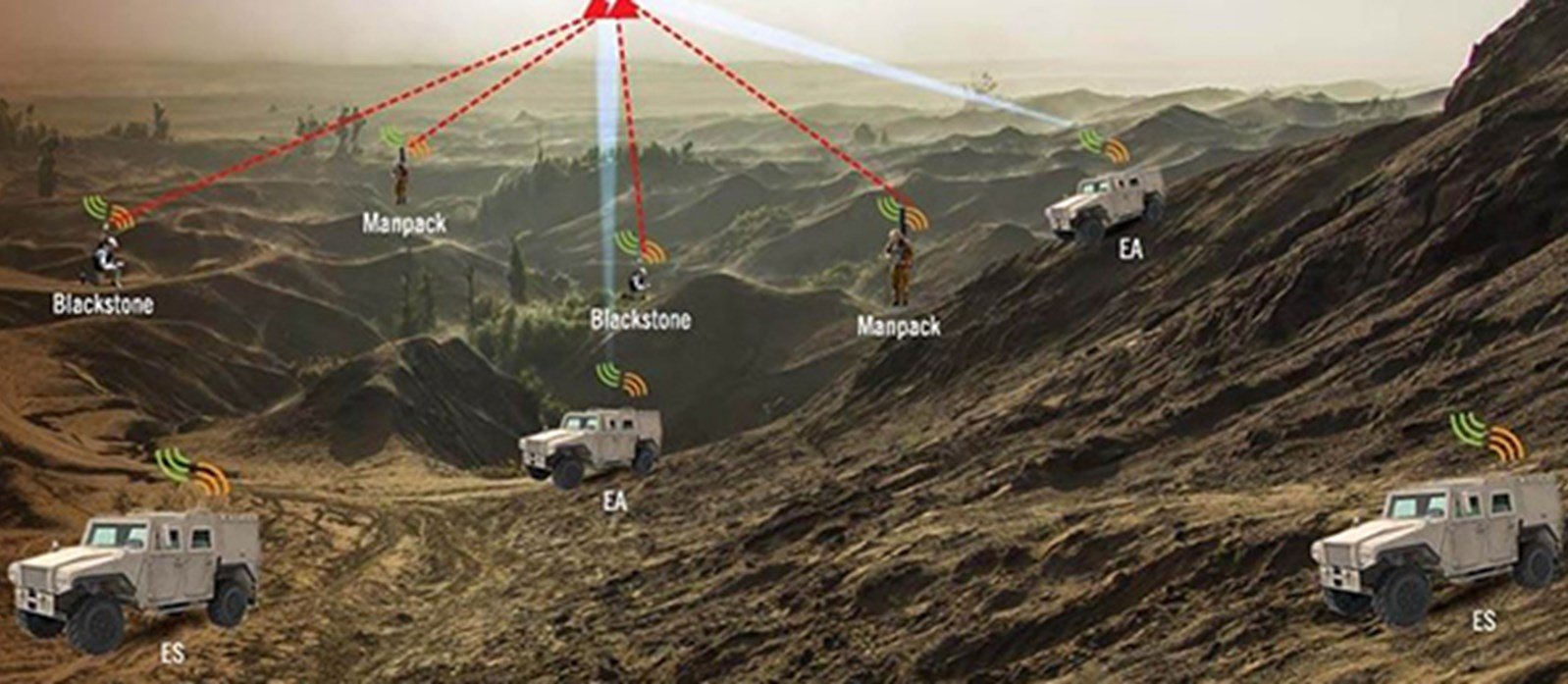
The battlefield of electronic warfare (EW) is the electromagnetic spectrum. The purpose of EW is to deny by electronic means access to the spectrum by an enemy while ensuring allies enjoy full use of it at will. Many companies design, manufacture and offer products in this unique sphere, which touches sea, land, air and space.
Although humans have conducted warfare for millennia, they are relative newcomers to the electronic spectrum, where operations are governed by the laws of physics. The first forces to venture into this heretofore unknown environment were Japanese and Russian early in the 20th century. The Japanese auxiliary cruiser Shinano Maru had located the Russian Baltic Fleet in Tsushima Strait and was communicating the fleet’s location by a wireless transmission to the headquarters of the Imperial Japanese Fleet.
The captain of the Russian warship Orel requested permission to disrupt the Japanese communications link by attempting to send a stronger radio signal over that of the Shinano Maru with the intention of distorting the Japanese transmission. Russian Admiral Zinovy Rozhestvensky rebuffed the request and denied the Orel permission to jam the enemy electronically, which in those circumstances might have proved invaluable.
The intelligence the Japanese gained ultimately led to the decisive Battle of Tsushima, which resulted in a humiliating defeat for Russia. The czar’s navy lost all its battleships and most of its cruisers and destroyers. These staggering losses effectively ended the Russo-Japanese War in Japan’s favor. Some 4,400 Russians were killed and 5,900 were captured, including two admirals, with about 1,900 more interned.[
During World War II the Allied and Axis powers extensively used EW, or what British Prime Minister Winston Churchill called “the battle of the beams.” Navigational radars afforded a means to guide bombers to their targets and back to their bases. The first application of EW in the war was to defeat those navigational radars. Chaff was also introduced during the conflict to confuse and defeat tracking radar systems.
As time progressed and battlefield communication and radar technology improved, so did EW. Electronic warfare played a major role in many military operations in Viet Nam. Crews on bombing runs and air-to-air missions often relied on EW to survive.